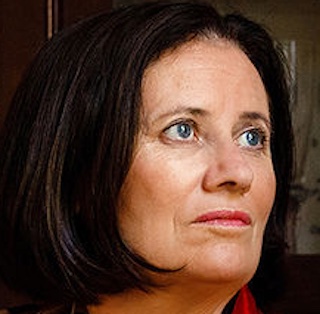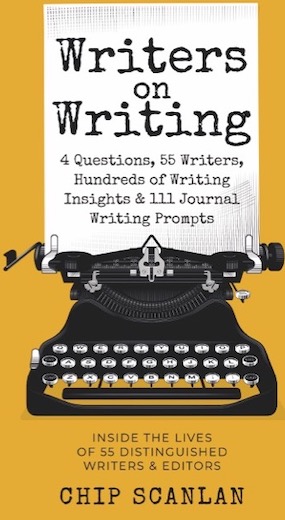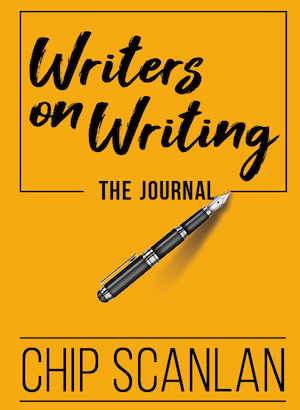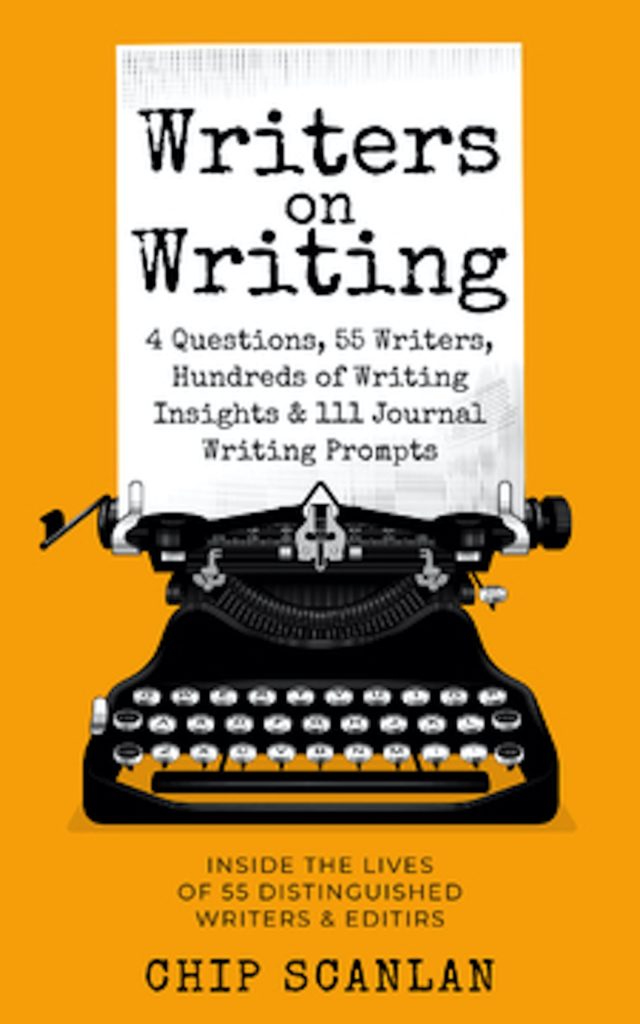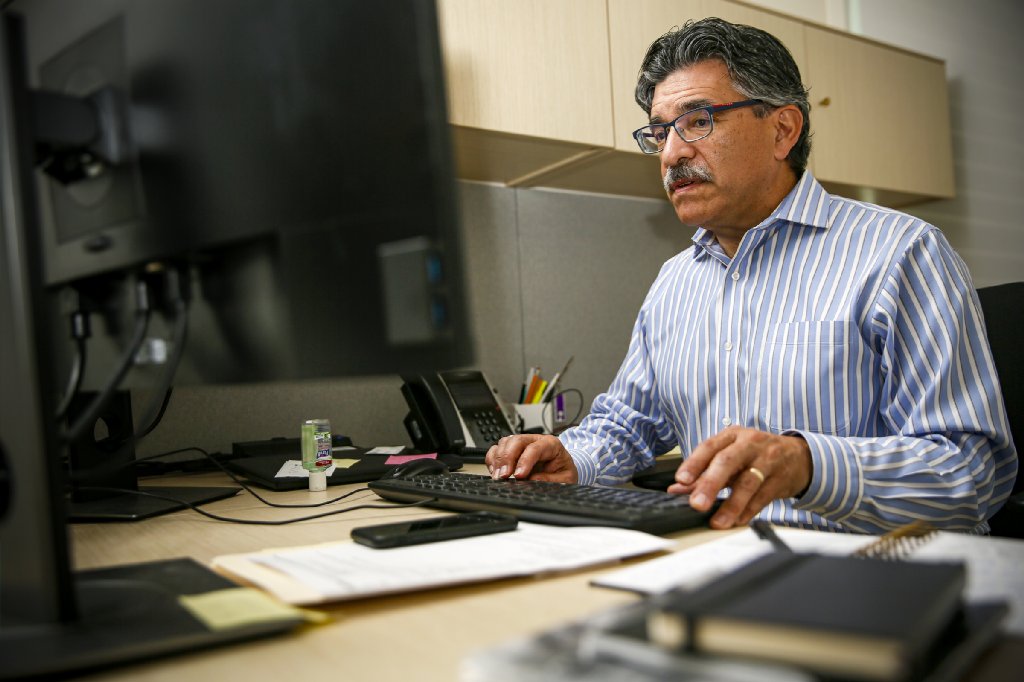
Steve Padilla is editor of Column One, the showcase for storytelling at the Los Angeles Times. Padilla joined the Times in 1987 as a night-shift police reporter but soon moved on to editing. He has edited a wide variety of subjects—including politics, international news and religion—and helped guide the Times’ Pulitzer-winning coverage of a botched bank robbery in North Hollywood in 1997. He serves as a writing coach and devotes his Twitter feed (@StevePadilla2) to writing technique. Before the Times, he was a reporter for the San Diego Union and editor of Hispanic Link Weekly Report, a national newsletter on Latino affairs. He earned his B.A. in print journalism and history from the University of Southern California.
What’s the most important lesson you’ve learned as an editor?
The biggest lesson came early in my editing career—while serving as editor of the Daily Trojan at the University of Southern California. That’s when I discovered what I call the megaphone effect. When you’re the boss, your words are amplified, both good and bad, especially the bad.
I was chatting with another editor about a story padded with a bunch of unnecessary material and said something like “it was filled with all sorts of extra crap.” The editor looked horrified and earnestly told me I shouldn’t say a fellow student’s story was crap. I tried to tell her that’s not what I meant at all—that I didn’t mean the story was crap. I was just using that word for “stuff.” Too late. The damage was done. As I look back now, I’m grateful that lesson came so early in my editing career because it saved me from unfortunate experiences in professional settings. This doesn’t mean withholding criticism or sugar-coating everything, but ever since that day in the Daily Trojan newsroom, I’ve remembered how words matter, especially if you’re the boss.
What has been the biggest surprise of your editing life?
There have been plenty of unpleasant surprises in my editing career, but I want to share a good one: that the writers who supposedly resist editing actually will embrace it. But this attitude shift comes with an “if.” If the editing is specific, useful and backed by solid reasoning, even the grumpiest of writers will embrace it. (Well, many of them.) Part of the issue is presentation. For example, if I find the perfect opening for a story tucked away in the 25th paragraph, I never say, “You buried the lead.” I’ll say, “This is so good we have to move it up.” I’ve never had anyone complain about that.
If you had to use a metaphor to describe yourself as an editor, what would it be?
May I share two metaphors—one that fits my day-to-day duties and one that expresses my ideal? The first is coach, and not a writing coach. Like a football or basketball coach, I’m standing on the sidelines, guiding, training, cheering, encouraging, sometimes disapproving. The other image is orchestra conductor. That’s my favorite relationship with a writer. I just stand in front of the orchestra and wave my hands around, but the players make the actual music. Both coach and conductor relate to an inspiring comment about editing I learned reading “Max Perkins, Editor of Genius,” A. Scott Berg’s masterful biography of the editor of Ernest Hemingway, F. Scott Fitzgerald and Thomas Wolfe, among others. Perkins said an editor “releases energy.” Not creates, not controls. Perkins said releases. That’s the goal.
What’s the best piece of editing advice anyone ever gave you?
The best advice I ever got concerning wordcraft—management is another issue–came from the late and legendary writing coach Jim Hayes. He said, “Put the best stuff at the end of the sentence.” Jim showed me how he could improve a sentence not by adding or deleting words, but by rearranging their order. I’m not shy about snipping or adding words. Sometimes that’s necessary. But I’ve found that if a sentence can end with gusto, that helps story organization, keeps the sentences bouncing and flings the reader into the next sentence. It’s such a simple idea but I’d never had anyone express it so simply. That was the other lesson from Jim: to offering writing guidance in clear, sentence-level terms.
Now a disclaimer, at least for journalistic writing: Yes, some sentences must end with “according to documents,” or “police said Thursday,” but the words just before those should be powerful, interesting or important. I’ve found that much of my coaching emphasizes word order and that the payoffs are almost immediate. And there’s another value to rearranging words, versus overhauling a whole sentence: it stills sounds like the writer, only better.
